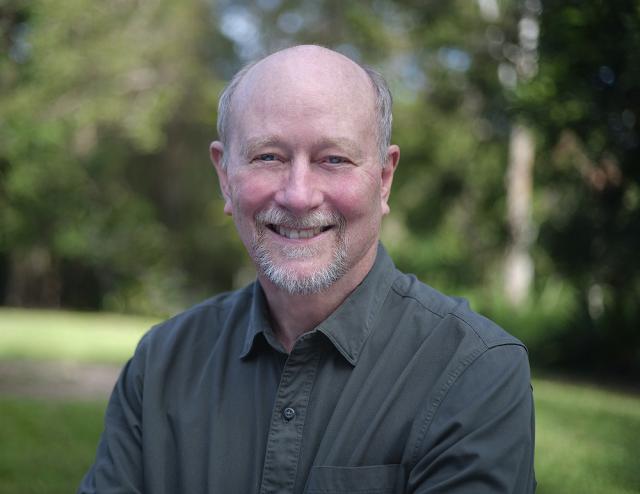Build Back Better Tourism is a UN-backed initiative, supported by the Australian Tourism Export Council (ATEC), proposing recovery plans for the tourism sector which integrates sustainability aspects to forward planning for a more resilient industry.
The initiative includes diversifying products, identifying best practices for hotels on future Covid responses, and considering the health impacts of increased visitation on residents in the new tourism era.
Many popular destinations around the world are planning for future tourism industries that take the amenity of residents into account. Listening to the residents who suffer higher rents, traffic congestion and disrupted neighbourhoods, and to the ratepayers who foot the bill for tourism marketing, free busses, and lavish tourism infrastructure along with its upkeep, leads to better, more engaged communities with a better stake in their future. It’s no longer good enough for an industry to just use a destination for their own purposes without consulting the various stakeholders, including First Nations people.
Pivoting from the newly adopted policy of marketing to high value, low volume visitors, in 2019, Tourism Noosa had no option but to chase the domestic drive market once borders closed in 2020.
The majority of these visitors were short-stay visitors. Essentially, this led to a boom in drive-in, day-visitors, from within the state. Residents found themselves stuck in traffic jams that they only previously knew in peak holiday periods.
These peak periods extended throughout the year. Naturally enough, local infrastructure struggled to cater for this expanded market. When interstate travel restrictions were lifted at the end of 2021, an extra visitor cohort added to this congestion.
Tourism Noosa appears to be disinterested in true environmental sustainability.
To date their tree-planting program has sequestrated 720 tonnes of CO2. However, each year hundreds of thousands of tonnes of CO2 are emitted by local, interstate and international visitors to Noosa.
Too often, when it comes to promoting the shire, we get presented with greenwashed experiences which are mostly marketing exercises.
As to sustainability of our infrastructure, particularly our roads network, and to social sustainability, where the fabric of our social networks and resident amenity is, we hear nothing.
So, what exactly does build back better mean, better for business or better for the visitor? Both, it turns out. Obviously, consumers lead visitor trends that those in the industry best learn to follow, but there’s nothing like a prolonged absence of visitors to help define what a new tourism era might include.
Towards sustainability
An overall strategy and roadmap for tourism, based on sustainability, means first defining sustainability.
So often economic sustainability trumps environmental and social sustainability.
It should primarily mean setting acceptable limits on visitation through levers that we can control and ones which align with our local economic plan and our strategies for the environment, and transport, and the Noosa Plan.
In the 2019 council-funded survey of residents’ attitudes to tourism, significantly less than 50 per cent of residents were happy with the way tourism had developed, and less than 30 per cent of residents supported growth in the tourism sector.
In July 2022 council convened a Project Control Group to guide Noosa’s new Destination Management Plan. The group has lofty aims to examine all aspects of the economy, “exploring ways to enrich the lives of its people and their place through a well-managed and sustainable destination”.
Consisting of council staff, three councillors, industry representatives and three appointed resident stakeholders, the group has not released minutes of its work to date.
Each of the remaining 26 resident applicants were invited to be part of a community reference panel. The composition of both groups combined appears weighted towards the tourism industry.
Short term accommodation
The pandemic was the perfect storm for the short-term accommodation revolution that began with digital booking sites 10 years ago.
Travellers saw the advantage of holidaying in self-contained properties away from the crowds of resort foyers, dining rooms and pools.
Noosa residents, who generally tolerated home-hosted accommodation, found whole-house lets turned their quiet streets into tourist accommodation zones.
The powerful tourism industry lobby scored an own goal supporting this accommodation type, since it decimated accommodation options for hospitality workers. The double whammy of unaffordable accommodation, low wages and poor work conditions has seen hospitality staffing issues become critical.
Council bylaws were put in place to ameliorate the situation, but with over 5000 properties in the STA pool, there may be insufficient resources to control an industry which is altering suburban life on the coast.
State and local governments have been kicking the can down the road on this issue for a while now with studies and laws that may not be enough to effect change in popular tourist destinations like Noosa.
Meanwhile, existing rights and superseded planning provisions represent a time bomb of future approvals. The planning changes in relation to STA in low density zones has resulted in hundreds of new approvals.
Residents are concerned that changes now being mooted for medium and high density will not curb STA, but instead result in a massive influx of approvals under the superseded plan provisions.
Plan for change
Tourism will undoubtedly change quite radically over the course of the next decade leading up to Brisbane 2032. The South East Queensland population boom will solidify Noosa as a drive destination, and the goal of high value, low volume visitors will vanish.
This year, more than any other, has shown us how bad traffic congestion can become.
Same old, same old is not building back better.
Destinations implementing plans for a more resilient, sustainable future will fare better and be more competitive compared to those looking to simply pivot back to older models and hope for the best.
But, if the community is to be at the centre of planning, then it’s up to the community to demand this, because the industry and council seem only interested in promoting tourism.
If the pandemic has taught us anything, it’s to be aware of future black swan events, be nimble enough to adapt, and take onboard the trust of residents who, along with their environment, should be at the centre of planning efforts, more so than before.
In fact, they should remain central to all the Destination Management groups aim to achieve.







